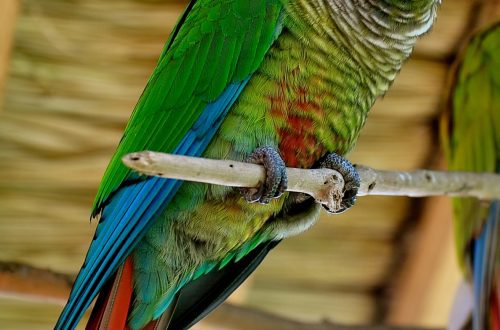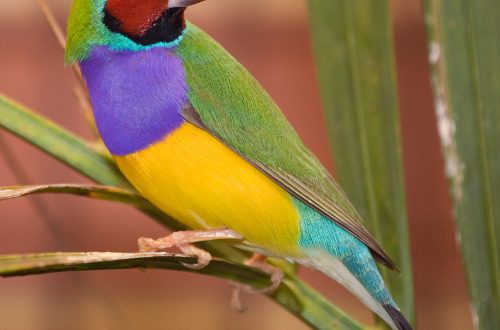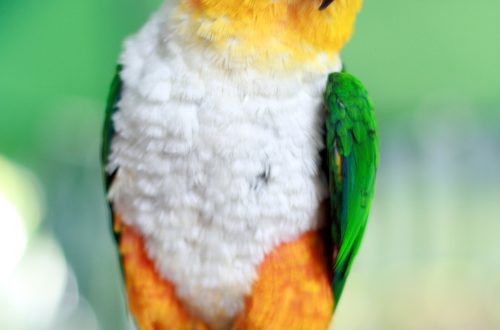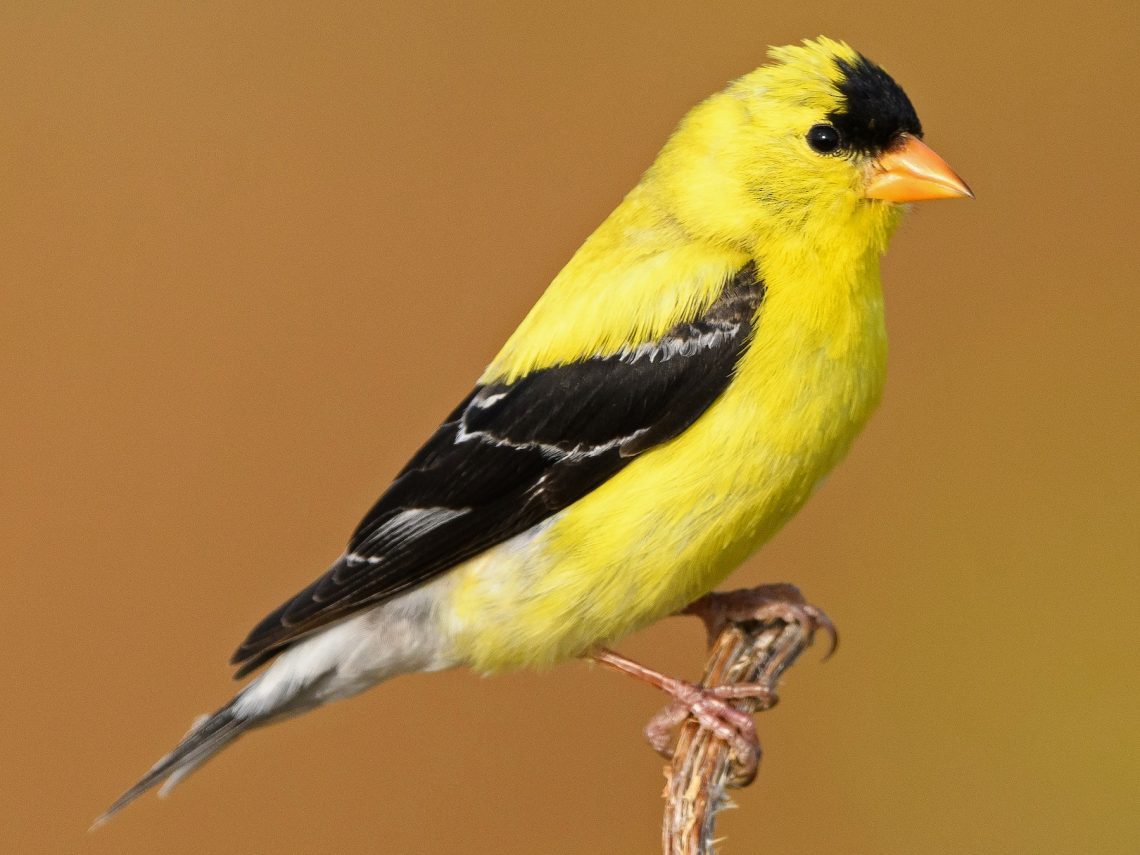
Goldfinches
In the wild, goldfinches choose edges and open areas, places with tree and shrub vegetation as habitats. These are not migratory birds, they lead a sedentary lifestyle. But if necessary, and to search for food, they can fly over long distances, grouping in small flocks. The basis of the daily diet of goldfinches is plant food and seeds, while adults feed their chicks not only with plants, but also with insects. Goldfinches build nests in thickets of weeds, light groves, gardens and plantings.
Goldfinches in nature are not just beautiful birds, but also useful helpers that destroy a huge number of harmful insects.
The friendly disposition, sociability and intelligence of goldfinches make them excellent pets. These birds easily adapt to life in captivity, are amenable to training and can even master various tricks, in addition, they delight their owners with beautiful singing almost all year round.
However, it is important to understand that wild carduelis are not suitable for an apartment. They remain wild and will never sing in captivity. Goldfinches for home keeping are purchased only in pet stores.
Goldfinches are songbirds of the finches family, smaller than sparrows. As a rule, the body length of the goldfinch does not exceed 12 cm, and the weight is approximately 20 g.
Goldfinches have a rather dense physique, a rounded head and a short neck. The wings are of medium length, the beak is long, conical in shape, around its base there is a wide red mask, contrasting with the top of the head (appears only in adult goldfinches, and is absent in young ones). The plumage is dense and very dense, the color can be varied, but it is always bright and variegated.
The tail, parts of the wings and the top of the head of goldfinches are traditionally painted black. It is for this property that the birds were credited with a dandy look. Belly, rump, forehead and cheeks are usually white.
Both males and females are characterized by a bright color, therefore it is quite difficult to determine the sex of a bird by color. However, the color of females is still slightly paler, and they are smaller than males in size.
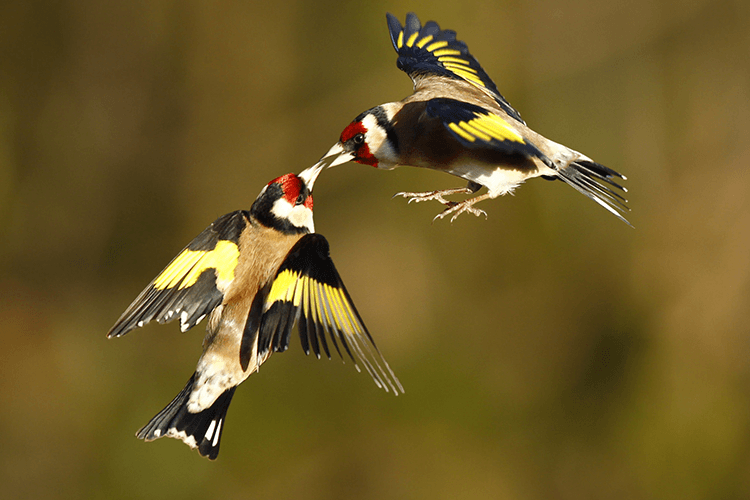
Goldfinches are much more adapted to the Russian climate than canaries and parrots, and feel great at home. They are easily tamed, enjoy contact with humans and are considered cheerful, agile birds.
When starting a goldfinch, it must be borne in mind that only one representative of the species can live in one cage (or aviary). If you want to have several goldfinches, you will need several cages. This is explained by the fact that in captivity goldfinches often conflict, and anxiety and unrest have an extremely negative effect on the health and well-being of the bird.
The goldfinch’s cage should be spacious (about 50 cm long). The distance between the bars should not exceed 1,5 cm. The perches in the cage are installed in two levels. Goldfinch will need a swing, bathing suit and containers for food and drink.
The cage should be placed in a bright place, protected from drafts and direct sunlight.
From time to time, goldfinches need to be released to fly around the room. Before doing this, make sure that the windows in the room are closed and curtained and that there are no pets nearby that could injure the bird.
The goldfinch cage must always be kept clean. Bathing and drinking water should be replaced daily with clean water. At least once a week, you need to carry out a general cleaning of the cage, thoroughly washing and disinfecting both the cage itself and all its inventory with safe means.
The basis of the daily diet of goldfinches is a grain mixture, but some plants, vegetables and insect larvae are also added to the diet. As a rule, birds are fed 2 times a day in small portions.
Goldfinches are common in the European part of the Russian Federation, in the Caucasus, Siberia, Kazakhstan, and also in Central Asia.
Goldfinches do not sing during molting.
More than 20 different trill options are available to goldfinches.
Goldfinch females sing more beautifully than males.
In nature, there are many types of goldfinches.



